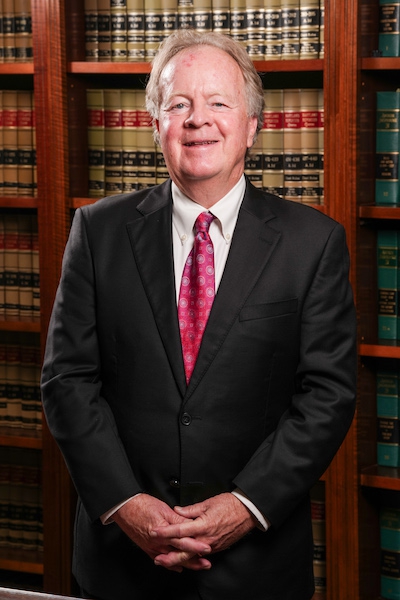It seemed like a throw in at the time but our book 17 Secrets the Insurance Companies Don't Want You to Know about your Car or Truck accident case, has helped guide hundreds if not thousands of victims of crashes through the perilous maze of insurance company roadblocks to fair compensation.
The book originated at the behest of Tom Foster at Foster Web Marketing and grew from there. It starts with a vignette with the car crash victim, Denise as the protagonist and her understandable mistakes resonate in the vignette and the book.
She's in a hurry after being rear-ended and wants to pick her daughter up on-time at daycare and get home. Unfortunate events ensue and provide a lens through which to view the subsequent 17 Secrets.
Really the Secrets are suggestions for issues to be aware of if you have been in a crash particularly where it is not your fault.
Chapter 1 " What to do if you're in a crash". The most important consideration is of course your degree and nature of injury and the safety of you and your passengers immediately after the crash. Post-crash scenes are both fraught and dangerous. Tempers flare and often blame is assigned sometimes angrily without regard to reality.
Try and remain calm and evaluate whether your vehcile's occupants can emerge safely. If so do so and recognize that the evidence of who was at fault is ephemeral, here until it all gets cleaned up and everyone leaves the scene.
That is where cell phone pictures are essential to establish who hit whom and why. Locations of vehicles, crash impact locations, skid marks and traffic light locations can often be vitally important later on when suddenly the person who hit you in the rear doesn't rememeber it that way.
Conversing with the at-fault driver is fine but if they are apologizing for causing the collision it is much more valuable if they do so in front of the police or other witnesses. In a similar vein major crashes require police documentation and if you call 911, be aware a tape of your call will exist later.
If someone ran into the rear of your car or ran a red light make sure you describe it that way on your 911 call.
Witnesses at the scene are also both important and unlikely to stick around long. If you speak to them thank them for remaining at the scene and get their name and phone number so they can later provide support for your description of events. If they are at the scene when the police arrive connect them.
If witnesses want to hurry off, taking a picture of their vehicle and tag might enable locating them later.
Finally, if you are hurt at least let ambulance personnel examine you if you feel going to the hospital is too much trouble or unnecessary. Be aware that injuries trigger responsibilities for EMTs and police and actual useful police reports will be authored with names of witnesses, particpants, insuarnec companies and determinations of who was at fault and why.
Better yet read Chapter One.

